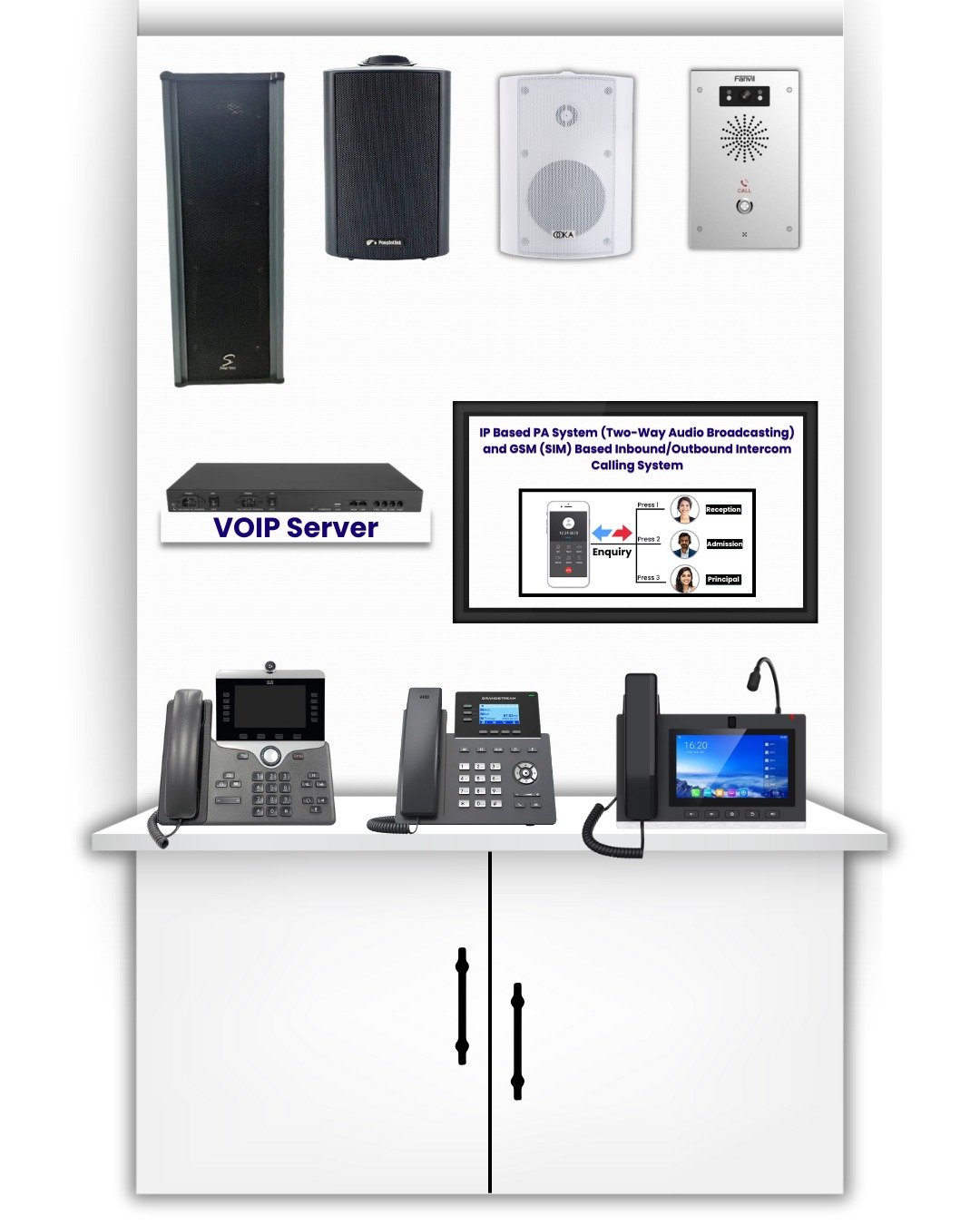VoIP Solutions
VoIP Solutions: Redefining Business Communication
What Is VoIP?
VoIP (Voice over Internet Protocol) transforms voice into digital data, transmitting it over the internet instead of traditional phone lines. By leveraging existing broadband networks, it allows businesses to place calls—locally or internationally—while avoiding traditional telecom costs
This shift from Public Switched Telephone Network (PSTN) to digital infrastructure has driven a major evolution in how businesses communicate—offering high-quality audio, flexibility, and tight integration with modern digital tools.

Why Businesses Are Embracing VoIP
1. Reduced Costs and Simplified Infrastructure
VoIP significantly lowers communication costs by eliminating the need for traditional phone lines and expensive hardware. Most systems utilize existing devices like computers or smartphones, further minimizing upfront investment
2. Unmatched Flexibility and Remote Access
Whether employees are working from home, on the road, or in another country, VoIP empowers them to stay connected from any internet-enabled device. Calls can be made via desktop phones, mobile apps, or softphones—providing unprecedented mobility for today’s hybrid workforce.
3. Seamless Scalability
Scaling up (or scaling down) is easy—add or remove lines with a few clicks, without physically installing new equipment. This makes VoIP ideal for growing businesses, seasonal operations, and multi-site environments.
4. Enhanced Features That Boost Productivity
VoIP delivers more than just calls:
Auto-attendants and interactive menus
Voicemail-to-email and call recording
Advanced call routing, conferencing, and analytics
Integrations with CRM, collaboration tools, and business apps
These features streamline operations and support superior customer service.
5. Business Continuity and Reliability
Cloud-based VoIP ensures uninterrupted communication—even during power outages or technical disruptions. Calls can be rerouted to mobile devices or alternate locations instantly, keeping business operational during emergencies.
6. Security and Global Accessibility
Modern VoIP solutions protect communications via encryption, firewalls, MFA, and fraud detection. They’re also designed with global business expansion in mind—offering virtual numbers for different regions and affordable, high-quality international calling.
7. A Greener, Smarter Solution
VoIP reduces reliance on physical hardware and wasteful infrastructure. By empowering remote work, it also lessens commuting-related environmental impact—making it both cost-effective and eco-friendly.
2025 Trends in VoIP Solutions
AI-Powered Communication
Artificial Intelligence is advancing VoIP with speech recognition, virtual assistants, predictive call routing, and automated customer support.
The 5G Revolution
High-speed, low-latency 5G networks are setting a new standard for VoIP call quality, enabling smooth voice and video calls even under high network demand.
UCaaS—Unified Communication as a Service
VoIP is merging with unified communication platforms to create integrated hubs combining voice, messaging, video, and collaboration tools—all in one interface.
Security as a Core Feature
Umistigating cyber threats, 2025 VoIP offerings are embedding end-to-end encryption, biometric authentication, and AI-powered threat detection as default security measures.
Choosing the Right VoIP Solution
Here are some of the top VoIP platforms trending in 2025, each with unique strengths:
RingCentral — Best choice for medium to large enterprises, offering strong scalability and integrations.
GoTo Connect — Rich in features including conferencing and collaboration tools.
8×8 — Budget-friendly with global reach and deep app integrations.
Nextiva — Ideal for teams needing seamless US/Canada calling and real-time collaboration.
Dialpad — Designed for remote teams with AI-driven voice analytics.
Ooma Office, Grasshopper, AT&T Business, Microsoft Teams Phone — Cover a range of needs from small businesses to legacy infrastructure integration.